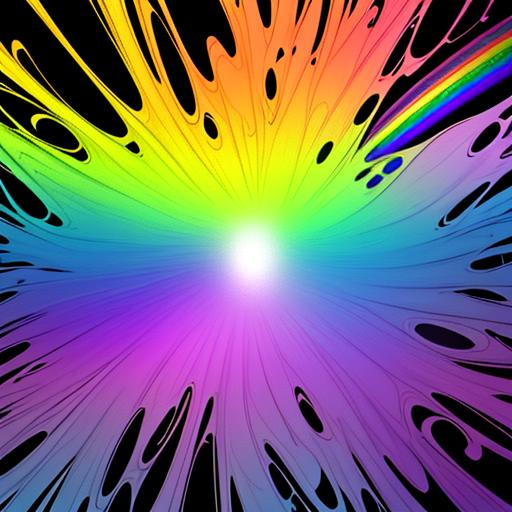So, see - thing is… I’ve no idea what this means, but I gave it an upvote in case someone with more than 2 brain cells wants to take a gander.
For those interested, I think I’ve 2 brain cells but 1 of them recently put up a sign saying room available so who knows what’s occurring.
Have a nice evening
The observable universe: The most of the Universe that we can see from Earth. There’s more universe past what we can see (we think) but we just can’t see it.
Circumference of the observable universe: We can only see so far out into space from Earth in all directions, so that makes a circle that has Earth at the center of it. That circle has a circumference, which is the length of that circle if you were to actually walk it.
Calculate circumference: We calculate circumference with the formula 2πr, where r is the radius, the distance from Earth to any one point along that circle we just talked about.
Pi: Pi is irrational and goes on forever. If you calculate the circumference with only five digits of pi, there’s a bit of a “rounding” error in your calculation. If you want a more accurate value, you add in more digits of pi. The more digits you add, the more accurate you are.
Accuracy of 1 hydrogen atom: so the furthest we can see out is 46.508 billion light years (I’m not going to get into how we can see that far with a universe that is only 14 and some change billion years old, but we can). So 46.508 * pi * 2 = 292.218382266 billion light years. That’s how long the path would be if you were to walk the edge of the observable universe. In meters that would 2.7645993537522 * 10^27.
If you used 5 digits of Pi you would be off by something like 100s of lightyears, or basically billions of meters. If you use 40 digits of pi you would be off by 120pm or 0.000000000012 meters. So for most things, 40 digits of pi is accurate enough for pinpointing any particular atom within the universe. Obviously we can use fewer digits of pi when we want to land a giant rocket on a massive planet like Mars, but knowing 40 digits is good enough for atom sized things, it gives us an upper bound of how accurate we actually need to be. So we can forgo using 50 digits of pi or whatever.
So, pi involves measuring circles. In fact, just think of a pie. It’s a circle, right? There you go. The observable universe is the size of forty of those circles (or pies, shortened to “pi”). The size of it all just blows your mind. As for the hydrogen atom, single atoms are tiny, so you can safely ignore it.
We’re closer in scale to the observable universe than a single hydrogen atom if that’s any help.
You get it.
I know it to 1 digit. What does that get me?
A business degree.
deleted by creator
I still can’t get my brain to use kg when measuring human weights; but that’s my problem and other than that I’m right with you.
As a representative of these great United States of America, I will pledge the domestic everyday use of the metric system if those honorable representatives of other nations pledge to stop mixing up commas and periods in numerical notation.
It’s called a decimal point, not a decimal comma.
Thank you.
“But why do you need such accuracy 3 or digits is fine” - some engineer probably








